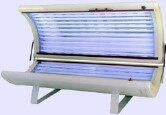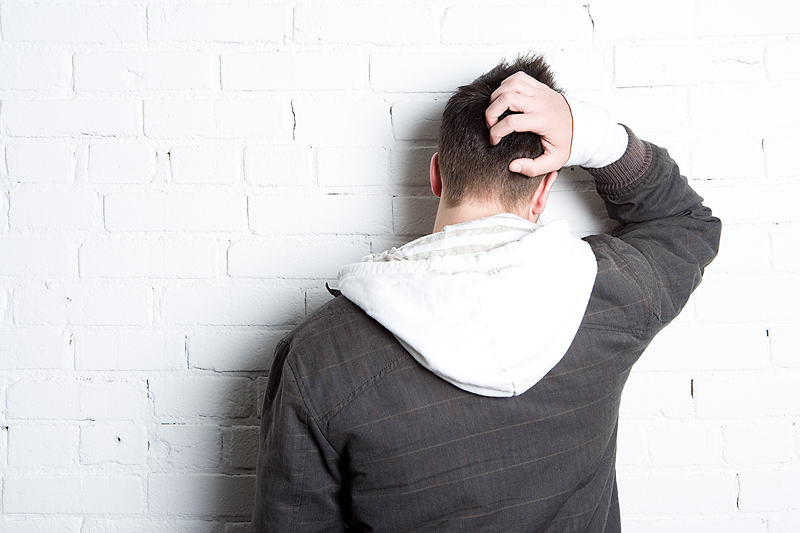
MONDAY, Feb. 28 (HealthDay News) — In a new policy statement issued Monday, the American Academy of Pediatrics (AAP) said it supports legislation that would bar children from using tanning beds or other artificial tanning devices.
Stricter regulations are currently being mulled by the U.S. Food and Drug Administration. An advisory panel to the FDA has already advocated barring minors from using tanning beds, or at least requiring parental consent. The FDA is not bound to follow the decisions of its advisory panels, but it usually does.
“Pediatricians should support and advocate for legislation to ban access to tanning parlors for children younger than 18 years,” the AAP said in its policy statement on ultraviolet radiation, published in the March issue of Pediatrics.
In the article, the AAP noted that “the intensity of ultraviolet-A radiation produced by large, powerful tanning units may be 10 to 15 times higher than that of the midday sun,” but nearly a quarter of white teenagers aged 13 to 19 reported at least one visit to a tanning facility, according to one survey.
The AAP also noted that other organizations, including the World Health Organization, the American Medical Association and the American Academy of Dermatology, already support such a ban.
And in a statement issued Friday, Dr. Thomas Rohrer, secretary of the American Society for Dermatologic Surgery (ASDS), said his group “enthusiastically supports” the AAP’s advocacy for a ban on tanning bed use by minors.
“Many parents may not be aware that melanoma is the most common skin cancer in children, followed by basal cell and squamous cell carcinomas,” Rohrer said in a news release. “In addition, only six severe sunburns in a lifetime increase risk of melanoma by 50 percent.”
Apart from the tanning bed recommendation, the AAP also advised that parents begin to educate children about UV protection from an early age, especially kids at high risk for skin cancer, such as fair-skinned children who freckle or sunburn easily, or children from families with a history of melanoma. Wearing proper clothing and hats is also encouraged, as is applying sunscreen and wearing sunglasses. Infants younger than 6 months should be especially shielded from the sun, the AAP said.
Dr. Doris Day, a dermatologist at Lenox Hill Hospital in New York City and member of the ASDS, applauded the AAP’s move to support the tanning bed ban for minors.
“A review of seven studies found a statistically significant increase in the risk of melanoma in those who had been exposed to UV radiation from indoor tanning before the age of 35,” she noted, and “studies have demonstrated that exposure to UV radiation during indoor tanning damages the DNA in the skin cells.”
Day also said that “on an average day in the United States, more than 1 million people tan in tanning salons. Of the customers, nearly 70 percent are girls and women, primarily 16 to 29 years old.”
More information
There’s more on the dangers of UV radiation at the The Skin Cancer Foundation.

